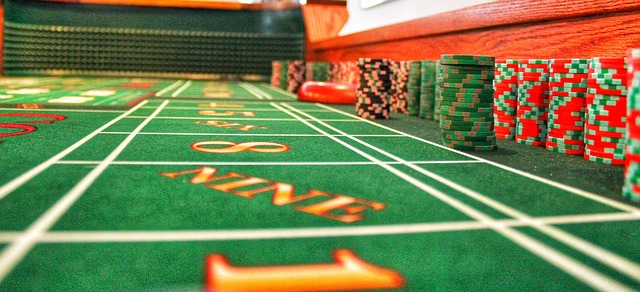
In games of luck, the house always has the edge. This is something that any seasoned gambler knows to be true. However, how much of an edge the house has can be hugely affected by both the strategies a player uses and the rules the house uses.
Of course, taking advantage of casino bonus offers and free plays can help tip the odds in your favour.
In this article, I look at strategies for playing blackjack and roulette and how they can help you come out on top.
Blackjack
Blackjack, sometimes referred to as twenty one, is a deceptively simple card game. You compete with the dealer to get a score as close to twenty one, but if you go over you go bust. This sounds like it should be even chance, because neither you nor the dealer have any control over the cards you receive. However, because the player has to decide first whether to stick or twist, the odds are stacked in favour of the dealer. All the dealer has to do is match your play to win. Also, it means you are more likely to go bust before the dealer. Playing with a single deck and standard rules, this equates to the house edge being around seventeen percent.
However, you can bring these odds to almost even using a strategy first proposed by Edward Thorp in his book Beat the Dealer:
● If the dealer’s up card is between two and six then you hit if you have 11 or less, otherwise you should stick.
● Otherwise, if the dealer’s up card is between seven and ace then you should mimic the dealer. This means that if the dealer sticks, you stick and if the dealer hits you should hit.
This simple tactic reduces the house edge dramatically, and saves you from the headache of Rain Man style card counting.
Roulette
Roulette has a glamorous history that begins in Paris at the end of the 18th century. It caught on quickly amongst the wealthy Europeans of the time. It even inspired Dostoevsky’s novella The Gambler – which rumour has it was written to pay off the author’s own gambling debts!
At first glance, it would seem that roulette is a pure game of chance, as neither the house nor the player can influence where the ball ends up. However, the game has a house edge built in.
This is true of both American and European roulette, although the house edge differs for each. It is over five percent for the American game, whereas it is closer to three percent on European tables.
Using European roulette as the example, and without boring you with too much mathematics, this house edge comes from the fact that betting on a single number has a one in thirty eight chance of coming up, but the odds you receive on that bet are thirty seven to one. So, the odds do not quite reflect the likelihood of the outcome.
This example shows why roulette is a mathematician’s game. In fact, French mathematicians of the nineteenth century would earn money by writing guides and cheat sheets for playing roulette.
However, the truth is that strategies in roulette are much less effective than strategies in card games for the simple reason that you have no control over where the ball lands.
Still, there are strategies that revolve around a players pattern of betting. The aim is that you capitalise on good fortune while minimising the potential of losing all that you have earned.
One such strategy is the Paroli method. Here, a player sticks to the even money bets and doubles their bet after a win, and then doubles again if they win again. Because each of these doubled bets comes following a win, the impact of a losing bet is minimised as you lose your winnings from the previous round.
This sequence should not go on forever, obviously at some point your winning streak is going to end, so a player should cash out following a few wins. Different players will have different limits here, but four or five wins are a good maximum.


